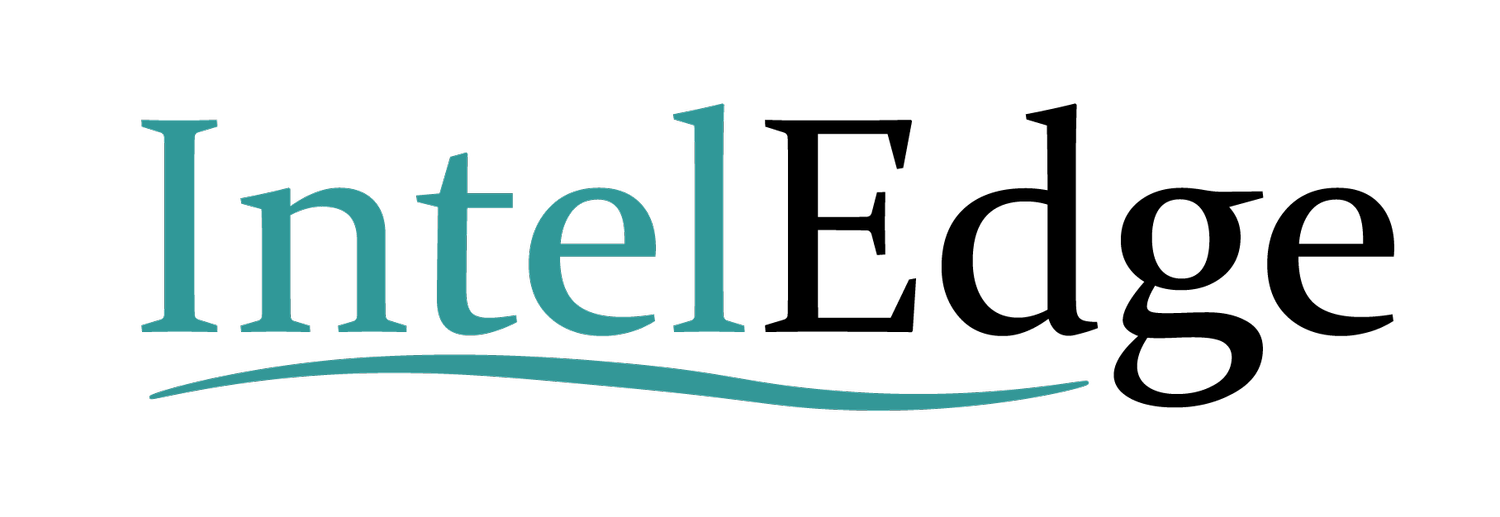Procuring Theseus: Leveraging IntelEdge’s OSINT Technology and Tradecraft to Streamline Defense Procurement
From the National Post on October 5, Jon Ivision writes about the Canadian Navy’s difficulty with procuring suitable vessels at all, let alone on time and on budget:
The Canadian Surface Combatant (CSC) program — the 15 warships that are set to be built in Halifax but which are already years behind schedule and are massively over budget.
Informed sources suggest one reason for the delays and cost overruns is the amount of contracted changes taking place under the direction of the Canadian Navy.
The CSC program was pitched as a relatively low-cost, off-the-shelf replacement for the Halifax class of warships, with a high level of Canadian industrial content.
Yet, over time, the Navy has asked for changes that have frequently replaced Canadian-built content with U.S. technology, the net effect being the loss of hundreds of millions of dollars to Canadian industry and an increase in overall cost.
As one source put it, any naval architect will tell you that once you change more than 15 per cent of a ship, you should design a new one, “and we are well past that number.”
The challenges outlined in the article concerning the Canadian Surface Combatant (CSC) program highlight the complex and costly nature of defense procurement. Delays, cost overruns, and shifts in technology have made it difficult to manage and fund these projects efficiently. However, there is a solution: leveraging IntelEdge’s Open Source Intelligence (OSINT) technology and tradecraft to improve decision-making, forecasting, and transparency in defense contracts. This article explores how defense contractors and governments can utilize IntelEdge and technology scouting to mitigate the problems discussed in the original article.
Technology Scouting
The first step in addressing defense procurement challenges is technology scouting. With the rapid evolution of defense technology, keeping up-to-date is essential. IntelEdge’s OSINT methods can help both contractors and governments identify emerging innovations and trends. By monitoring sources like patents, research papers, and industry news, stakeholders can stay ahead of the curve.
Technology scouting allows contractors to select the most suitable technologies, reducing the need for expensive changes during a project's lifecycle. By leveraging IntelEdge, they can anticipate trends and choose the right components, ensuring compatibility and cost-effectiveness.
Governments can also benefit from technology scouting, as it enables them to assess the relevance and sustainability of proposed projects. By identifying emerging technologies, they can make informed decisions on project budgets and timelines, thus reducing the likelihood of costly modifications down the line.
Technology Forecasting
Another key aspect of defense procurement is technology forecasting. IntelEdge offers tools for predicting future trends and assessing the long-term viability of projects. By analyzing data from various sources, stakeholders can make more informed decisions regarding technology selection, cost projections, and project scheduling.
For defense contractors, technology forecasting helps in making more accurate bids, reducing the risk of underestimating project costs. It also enables them to prepare for potential changes and innovations during the project's lifespan.
Governments can leverage technology forecasting to assess the sustainability of projects, especially when faced with tight budgets. By analyzing data on technology evolution, they can prioritize projects that are more likely to remain relevant, reducing the risk of investing in outdated systems.
Transparency and Oversight
One of the significant issues in defense procurement is the lack of transparency and oversight. IntelEdge’s suite of technologies, methods, and tradecraft can address these concerns by providing real-time data on project progress, expenditures, and changes. This transparency fosters accountability and allows governments and contractors to identify issues early on.
By implementing these tools, governments can track project developments and cost estimates more effectively, making it easier to hold contractors accountable for delays or deviations from initial plans. Contractors can also use these tools to communicate project status transparently, thus ensuring smoother collaboration with their clients.
Defense procurement is a complex process with substantial challenges, as highlighted in the original article. However, by embracing cutting-edge OSINT technology and tradecraft such as IntelEdge, defense contractors and governments can mitigate these problems and enhance project efficiency. Technology scouting and forecasting offer a proactive approach to selecting, managing, and funding defense projects, reducing delays, cost overruns, and technology shifts. Additionally, increased transparency and oversight lead to more successful outcomes.
As defense technology continues to evolve rapidly, the adoption of OSINT and technology scouting can provide a competitive edge. It is crucial for both defense contractors and governments to stay informed, anticipate changes, and make well-informed decisions, ultimately resulting in more cost-effective and reliable defense procurement processes.
Discover how IntelEdge's OSINT technology and tradecraft can transform your projects. Contact us today for a demo and take the first step towards efficient, cost-effective solutions.
